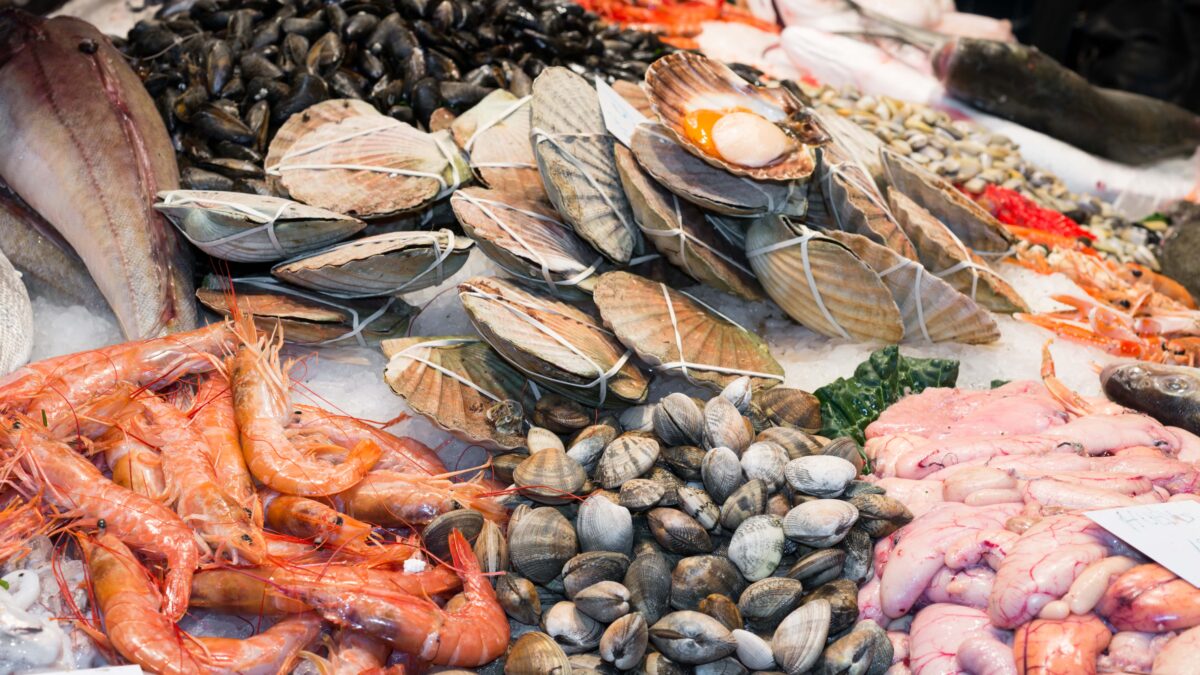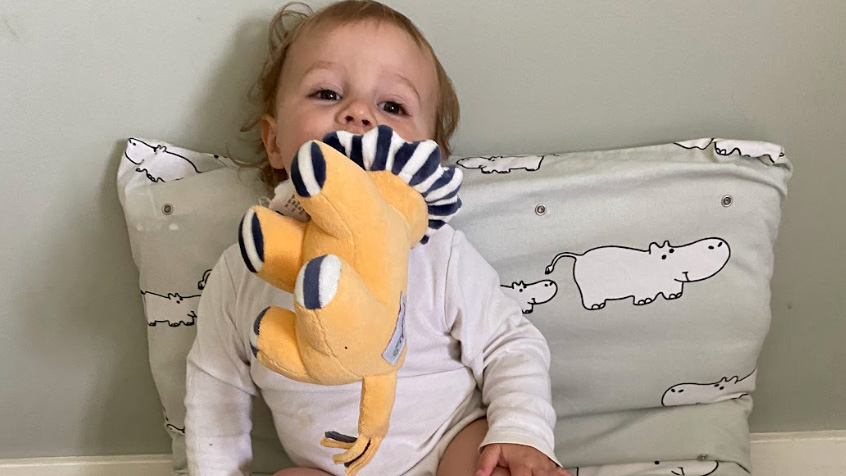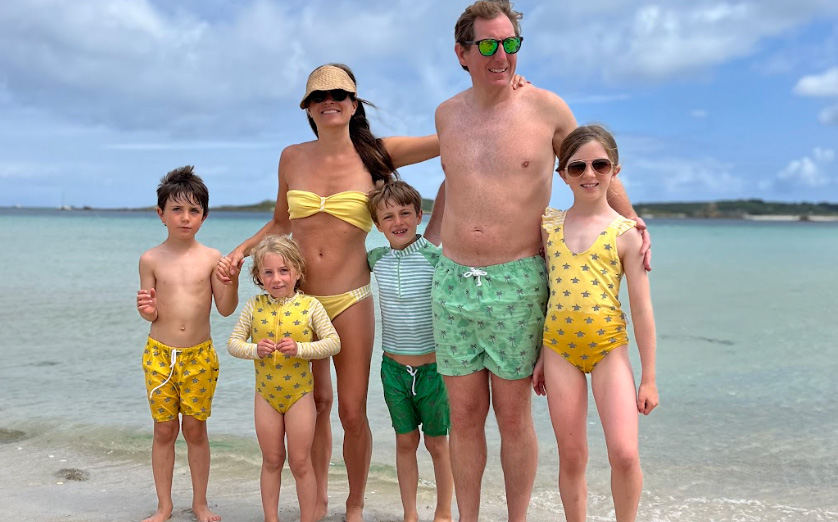Microplastics have been found in all major human organs, in the water we drink, the air we breathe and the food we eat. A recent study by Portland State researchers highlights the extent of the problem, with 99% of all seafood samples tested containing these harmful toxins. They also found a correlation between size and amount of microplastics: with the smaller organisms ingesting more plastic particles than larger fish.


Perhaps the most shocking, but not the most surprising statistic from this research is that 81% of the microplastics found in seafood are fibres coming from synthetic fabrics.
Microplastics, which are tiny fragments of plastics smaller than 5mm, are known to cause a variety of negative health implications. Once inside the body, they start to breakdown, releasing harmful chemicals into our systems. They’ve been linked to hormone disruption, cancer, obesity, heart attacks, strokes and many other health issues.
How do microplastics get inside the human body?
There are three pathways for microplastics entering our bodies, which include:
- Skin contact. Synthetic fabrics in contact with our skin release nanoplastics, which have been shown to pass through the skin barrier into our bloodstream;
- Via our lungs. The air that we breathe contains microplastics, far more so (up to 22x more) when there is a high concentration of synthetic materials in a given room. Little ones breath more air per second relative to their body weight, so it’s really important to limit fossil fabrics around your kids. Especially ones designed to be worn near their airways (fleeces, synthetic snoods) or ones which will be shaken or played with a lot (soft toys).
- Ingestion. Eating microplastics, either directly (via sucking on fabrics or preparing food wearing synthetic materials) or indirectly (via the seafood on our plates and water from our taps) is a mounting concern.
So what can we do to limit our family’s intake of microplastics?
We, the individuals, are not powerless. There is so much we can do to help protect our families from microplastics.
- STOP (or significantly limit) eating small fish and shellfish. Especially the ones eaten whole, as the majority of the microplastics will be in their digestive tract. If eating their digestive tract is unavoidable, then they’re best avoided.
- STOP buying and using synthetic fabrics. This includes the obvious (clothing), but it also includes teddies, bedding and carpets and soft furnishings. It’s no use cutting out a couple of prawns if your child is going to spend the day sucking on a polyester teddy.
- HOOVER and dust your house as much as possible. Microplastics build up in household dust, which babies are very much exposed to with their crawling bodies and dropping of snacks.
- FILTER your water and your air. Look for good quality filters which remove microplastics.
How can we help the fish and our oceans?
Make conscious choices about the fabrics and products you buy. Avoid plastics wherever possible, especially (sadly) recycled synthetic materials as these have been shown to have a much higher toxic load.
If you do own synthetic materials, limit the amount that you wash them and try not to wear them around children, especially cuddly infants.
If you swim in the sea, do it in natural fabric swimwear and not synthetic swimmers, as these are shedding tiny plastic fibres directly into that ocean that you love so much.

At Pure Earth Collection, we’ve been fighting the fight against microplastics for over 8 years. We carefully design our products using natural, non-toxic materials and avoid polyester, acrylic and other petroleum-derived yarns.
Check out our plastic-free kids shop for 100% natural sleepwear, organic swimwear and plastic-free toys. Or get in touch if you’d like to collaborate to help tackle the microplastic crisis together and forge a greener, safer future for our kids.
